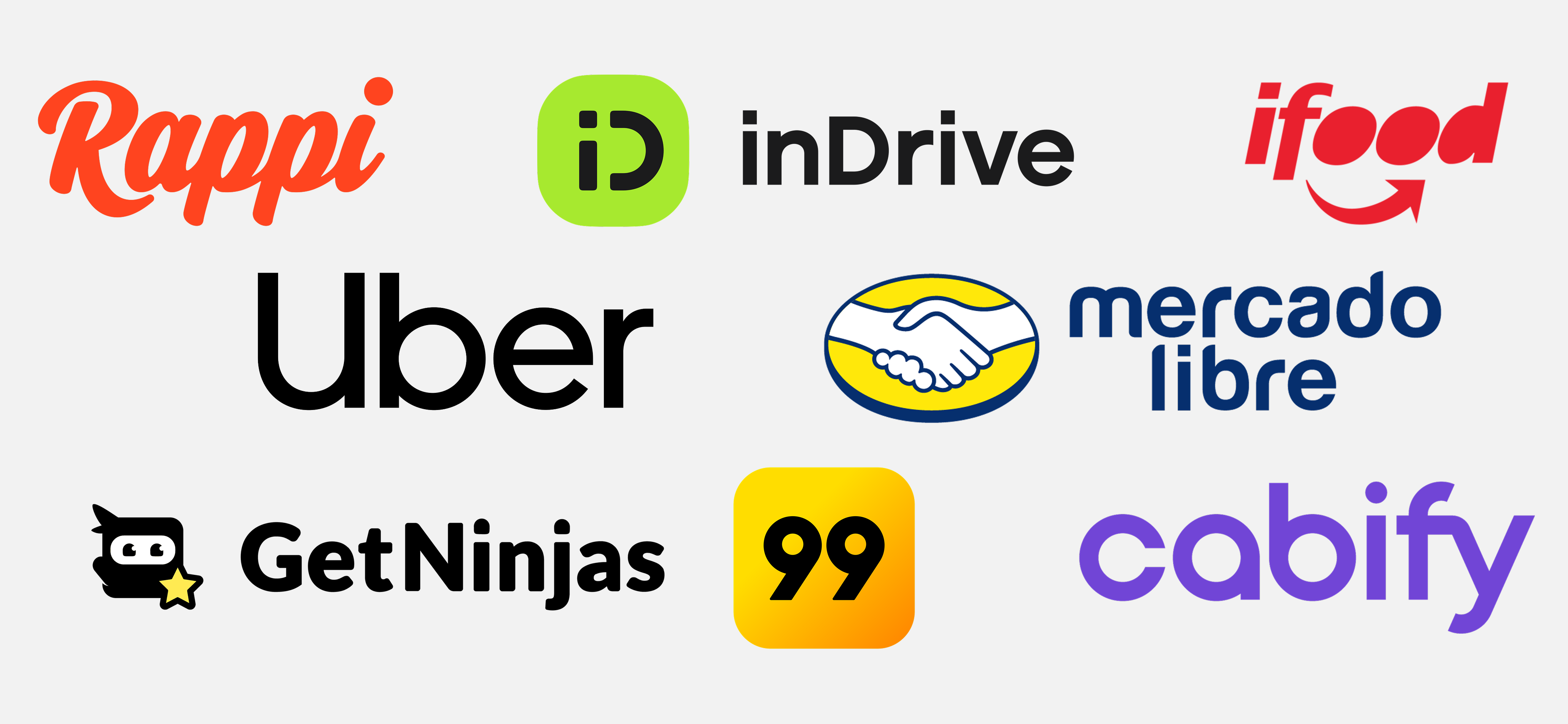Blockchain Gaming’s Infrastructure Problem
Almost exactly one year ago, we laid out our perspective on blockchain gaming as excitement in the space reached an all-time high. This was a period of rapid advancement as countless founding teams flooded the industry with new ideas and quickly iterated on learnings from the first movers (Sky Mavis, CryptoKitties, Zed Run, etc). For a while, this impressive pace of innovation and magnitude of interest building in the space made it feel almost inevitable that Web3 gaming products would create the next generation of gaming experiences.
However, this has not yet proven to be the case. Back in Q3 2021, there were approximately 754k unique active wallets (UAWs) connected to Web3 game applications each day. This past September, that number had grown to just 912k. Considering the quality of talent and the magnitude of capital that has entered the blockchain gaming ecosystem ($3.4b so far in 2022), this ~21% increase looks underwhelming. This is especially true in the context of there being almost 3 billion gamers globally.
While player growth has been lacking, this is not to say that blockchain gaming cannot or will not ultimately prove to be a success. After all, the concept of Web3 gaming has only been in the mainstream for around 18 months, and most consumers have not yet been compelled to even give it a shot.
This apathy is rooted in two key drivers that have slowed adoption:
- Underwhelming content or uncompelling value propositions
- Unintuitive tools that make it difficult for beginners to navigate blockchain game content
Content will always be paramount to adoption. Without compelling gameplay, nobody will be incentivized to make the leap to blockchain-enabled content regardless of the amount of friction involved. Given the impressive teams that have decided to go full-time on tackling this problem, we are generally optimistic that some very high quality games will enter the Web3 world over the coming years. At the moment, this feels like a problem that is more rooted in timing than feasibility. Complete games can take 2 to 5 years to build.
Optimism around future content is driving many startups to build the underlying infrastructure that facilitates the adoption and usage of blockchain games. Up to this point, we have seen teams consolidate around a few key verticals to support both the creation and consumption of blockchain games:
- Wallets: Effectively act as a user’s profile, bank account, and payment gateway. This often represents the first layer of onboarding and is one of the key pain points today.
- Marketplaces: Standalone online destinations to shop for in-game assets / NFTs, or whitelabeled technology to power the marketplace within a game’s user interface.
- Analytics: Tools that help games and brands understand users’ spending and trading patterns. Unprecedented on-chain transaction visibility coupled with private profile-level data enables these groups to more effectively target and reach the right audience.
- Distribution platforms: Platforms to discover, download, and launch game titles, often referred to as “Steam for Web3”. These platforms often aim to provide all of the other capabilities above to create a seamless experience for players.
- “Web3-in-a-box” toolkits: Comprehensive offering that enables traditional game developers to build Web3 games without strong blockchain backgrounds. These toolkits vary in depth, however they generally assist with standing up on-chain economies (creating and listing tokens, determining tokenomics), NFT distribution, whitelisting, airdropping, minting, staking, wallet creation and analytics, marketplaces, and other on-chain activities."
Each of these categories contribute to the core functionality of Web3 games. Just as traditional game publishers use third-party tooling like Coda, Playfab, or AppLovin, these tools enable blockchain game developers to focus on building fun games. Beyond developers, many of these tools are also designed to make players' interaction with the blockchain simple and understandable through easily navigable user interfaces and process flows.
That being said, we are witnessing these infrastructure providers collectively fail to innovate. We are seeing dozens of players in each of these categories effectively coming to market with the same vision. This is not exactly surprising, as each product has been informed by an extremely small and nascent user base of existing blockchain gamers. They are solving problems for users that do not yet exist.
While the complexities of adopting and engaging with blockchain game content can often make infrastructure feel like the holdup for more widespread adoption, these products need to be informed by the content they serve. The first wave of games coming to market will clearly establish the needs of both developers and consumers. Until then, we can expect the current stagnation to continue.
This is actually a concept that Union Square Ventures wrote about back in 2018 through a blog post titled “The Myth of the Infrastructure Phase”. The article calls out that, “if we think about an “infrastructure phase” divorced from the apps that will use it, we run the risk of building too far ahead, in a speculative vacuum. We need the cycle of apps → infrastructure → apps → infrastructure to keep us honest.”
We believe that this is exactly what is happening across blockchain gaming today. Some of the core infrastructure providers that are currently in the market may be able to play a part in the next wave of user adoption, but meaningful product innovation and scale will only come when the associated content brings new problems to light. Until that comes, we anticipate a sustained wave of relatively undifferentiated infrastructure to permeate the blockchain gaming ecosystem.
Takeaways: Blockchain gaming infrastructure must be built to solve relevant problems for players and developers. Most infrastructure companies currently building for Web3 gaming are attempting to predict future problems and building for those. Some of these projects may end up providing the necessary infrastructure for the first wave of blockchain gaming, but many will remain elegant solutions to non-existent problems. We need more blockchain gaming content to understand what the real infrastructure problems are and to embark on the true innovation cycle of building, measuring, and learning.







.png)

.png)


.png)
.png)



.png)

.png)

.png)



.png)


.png)

.png)
.png)
.png)
.png)
.png)
.png)


